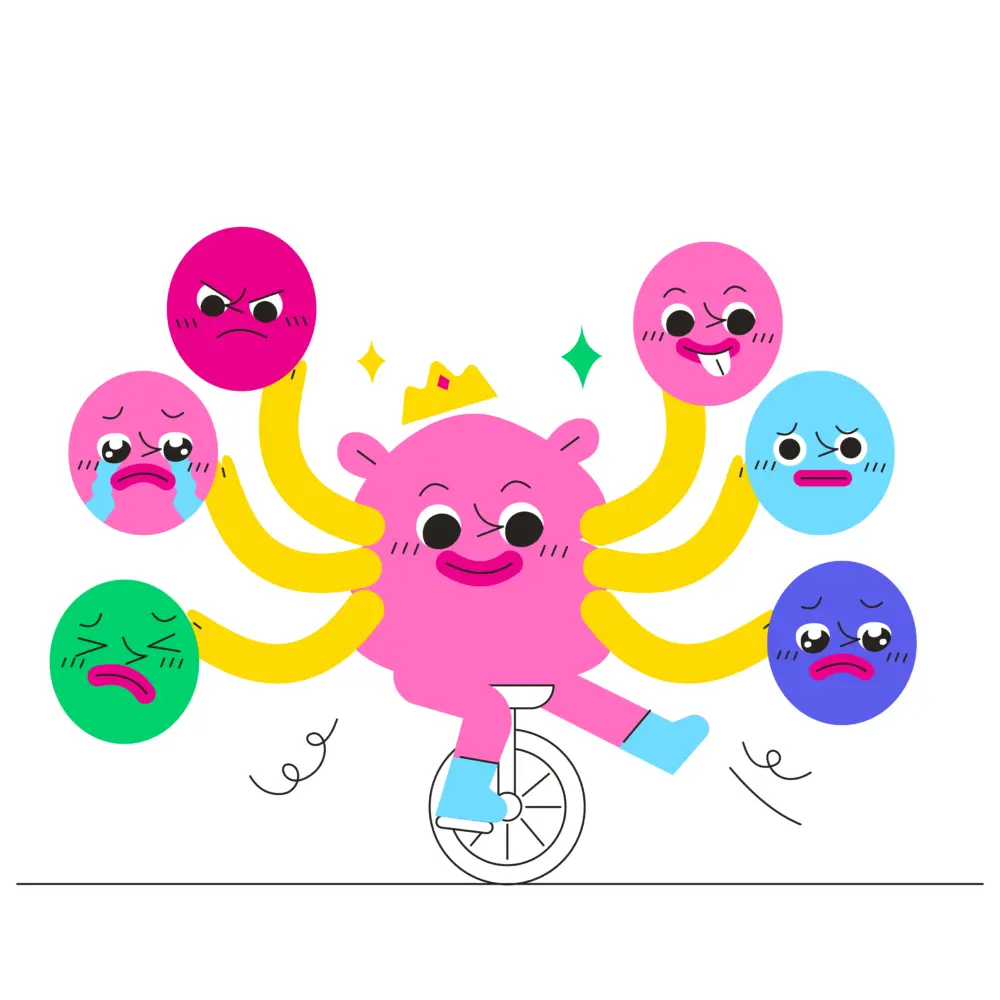Cyclothymic Disorder, a lesser-known member of the bipolar spectrum, manifests as chronic mood swings ranging from mild depression to hypomania. This article aims to explore the diagnostic criteria for Cyclothymic Disorder and Cognitive Behavioral Therapy (CBT) as a treatment option.
Diagnostic Criteria:
According to the Diagnostic and Statistical Manual of Mental Disorders, Fifth Edition (DSM-5), the comprehensive diagnostic criteria for Cyclothymic Disorder include:
- Chronically Shifting Moods:
- The individual experiences numerous periods of hypomanic symptoms and depressive symptoms for a minimum of two years (one year for children and adolescents).
- Limited Periods without Symptoms:
- During this two-year period (one year for children and adolescents), the person has not been symptom-free for more than two months at a stretch.
- No Major Episodes:
- No major depressive episode, manic episode, or mixed episode has occurred during the initial two years of the disorder.
- Absence of Other Major Disorders:
- Criteria for a major depressive, manic, or mixed episode have never been met, and mood swings are not better explained by another mental health disorder, substance abuse, or a medical condition.
- Significant Impairment:
- The symptoms cause significant distress or impairment in social, occupational, or other important areas of functioning.

CBT as a Treatment Option:
Cognitive Behavioral Therapy, a goal-oriented therapeutic approach, has demonstrated effectiveness in managing various mood disorders, including Cyclothymic Disorder. Here’s how CBT can be a valuable tool in treating this condition:
- Mood Charting and Tracking:
- CBT encourages individuals to maintain mood charts, fostering self-awareness by tracking the ebb and flow of their emotional states.
- Identifying Triggers and Patterns:
- Through CBT, patients learn to identify triggers and patterns associated with mood shifts, helping them gain insights into the factors influencing their emotional states.
- Cognitive Restructuring:
- This aspect of CBT involves challenging negative thought patterns and distorted beliefs, promoting more balanced and realistic thinking.
- Behavioral Activation:
- CBT incorporates behavioral activation techniques to encourage engagement in positive activities, countering the impact of depressive episodes.
- Skill Building for Coping:
- Individuals are equipped with coping strategies to manage stress and regulate emotions effectively, enhancing their resilience against mood fluctuations.
- Relapse Prevention Strategies:
- CBT emphasizes the development of skills for recognizing early warning signs, empowering individuals to implement preventive measures before mood swings intensify.
Conclusion:
Cyclothymic Disorder may present ongoing challenges, but with a thorough understanding of the diagnostic criteria and access to effective treatment options like Cognitive Behavioral Therapy, individuals can cultivate the tools needed to navigate the complexities of their emotional landscape and lead more balanced lives.
Ready to begin? Start your online therapy journey today. Book your first session now.




